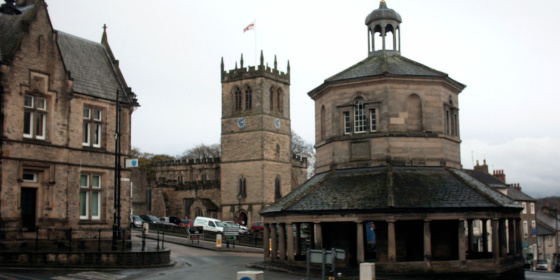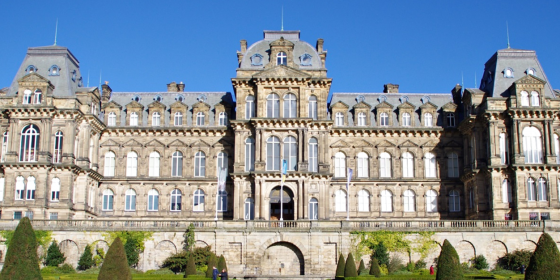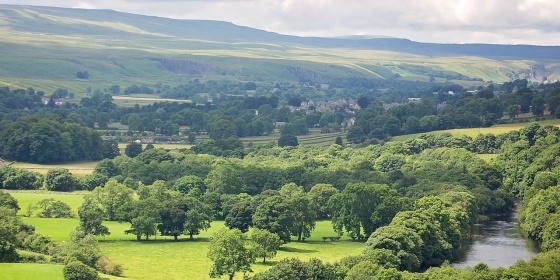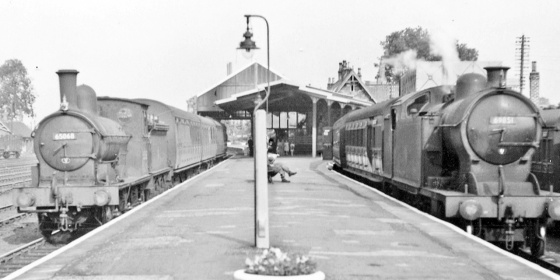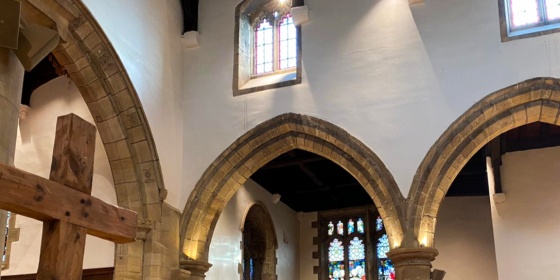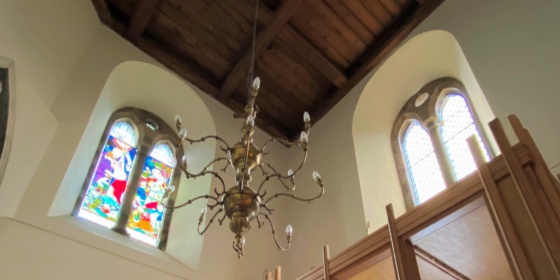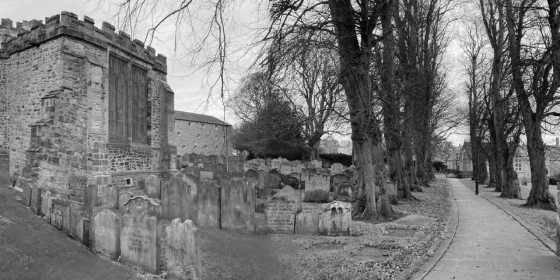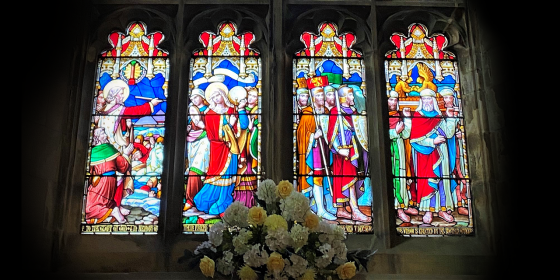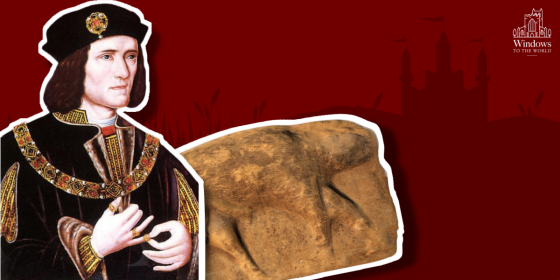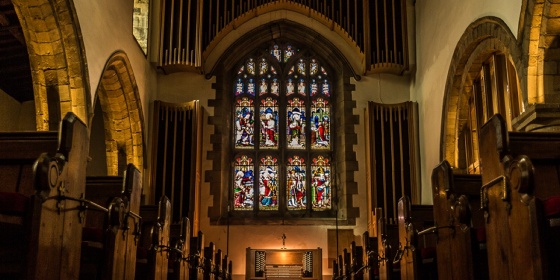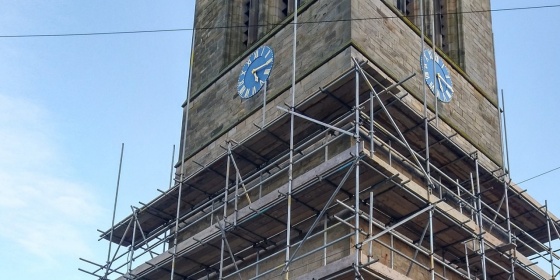St Mary's Through the Ages
Explore 800 years of colourful history at St Mary's church, and the people of Barnard Castle
Explore St Mary's Timeline
Want to find out more about St Mary's Through the Ages? - check out our Timeline
St Mary’s – the historic heart of Barnard Castle
When Bernard Baliol built his stone castle here in 1130, St Mary’s Church was founded alongside it, right at the centre of the new town. Positioned at the crossing of the town’s most important roads, close to the marketplace and opposite the entrance to the castle, St Mary’s quickly grew in size and importance, gaining its stunning decorated South Door, chantry chapels and a spired tower with four ancient bells.
Across the centuries St Mary’s provided a place for all in the community, from cradle to grave, bearing witness to all the colourful life of the townspeople, their births, marriages and death, griefs and joys.
![]()
Richard III, Lord of Barnard Castle and St Mary’s Church
After Richard Duke of Gloucester became Lord of Barnard Castle in 1474, the castle and St Mary’s became of great importance to him. He planned a large religious college based at St Mary’s, with a Dean, twelve chaplains, and numerous clerks and choristers. With his large grants of money, St Mary’s grew in size and height, flooded with light from new windows. A fine new chancel arch boasted the sculpted heads of King Edward IV and Richard himself, whose families the College’s daily masses and prayers would remember.
Richard’s boar badge was set upon St Mary’s stonework, and accommodation for the College’s priests was created in the churchyard, close to the Market Cross (now Amen Corner). However, Richard’s untimely death at Bosworth Field in 1485, brought an end to the works. Nevertheless, his white boar still graces Barnard Castle’s coat of arms, and can be seen today at St Mary’s, as well as on other important buildings around the town.
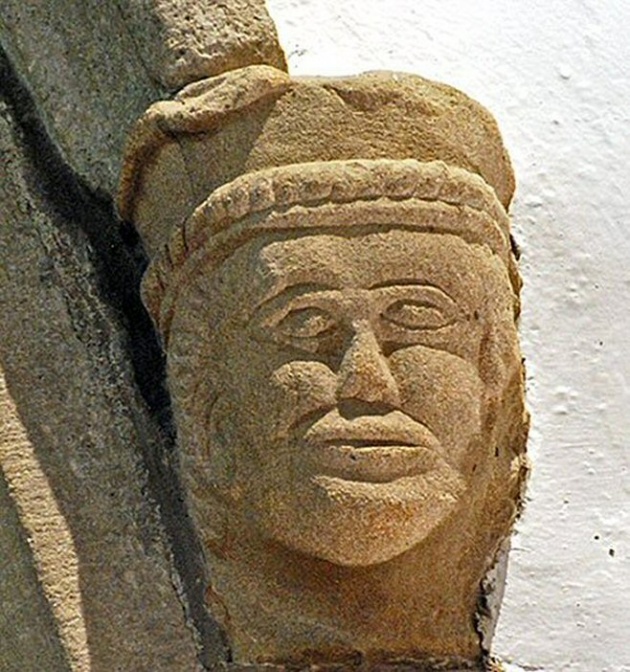
St Mary’s – a place for all the townspeople
St Mary’s has long been the burial place of nobility – including Sir William Bowes, who fought at Verneuil, and Sir George Bowes who defended the castle for Elizabeth I during the Rising of the North in 1569 – but its churchyard has always embraced all the townspeople, rich and poor, the tanners and weavers as well as the factory owners of the 18th century, and the 143 victims of cholera in 1849.
With the ups and downs of industrialisation, slum living conditions in town, and later unemployment, St Mary’s church has always been at the heart of crucial social aid, whether distributing bread and charity monies, or setting up schools and soup kitchens, or food bank collections today. It helped form the town’s first Board of Health after the cholera epidemic and in 1883 established a Church Mission, providing reading rooms, Sunday-Schools and even a football team!
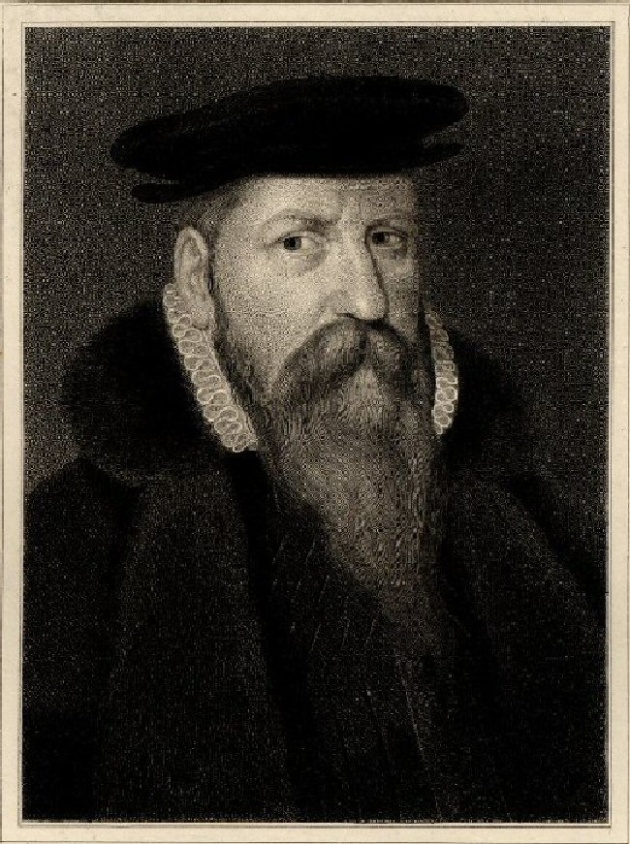
St Mary’s – a building for everyone!
St Mary’s Church was not just a place for public worship. Until the mid-19th century, it served as town hall, playhouse and fire station when Sir Henry Vane of Raby Castle gifted a fire engine to the town in 1748: it was stored in the church for over 100 years!
The Durham Militia, too, who had garrisoned in Barnard Castle since 1759, found a home at St Mary’s, laying up their Colours here, and gathering for commemorations right up to the present-day Remembrance Sunday parades.
Across the 19th century St Mary’s church remodelled itself both inside and out to serve a growing community, with new gas-lighting and flooring, new stained glass and seating, and a new clock tower. St Mary’s established a new Parish Hall in 1957, in which an overflow of children from the nearby primary school were educated, and which enabled a multitude of community activities, social, religious, charitable and educational, which are still offered today.
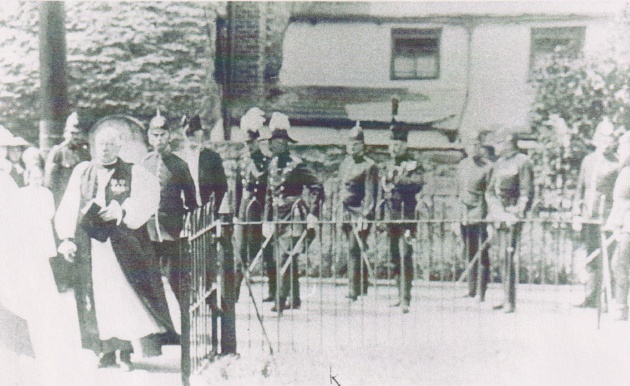
St Mary’s today
A 21st century re-ordering at St Mary’s has enabled new forms of worship, community spaces and activities, which incorporate music-making, drama and education, photography and heritage for townspeople and visitors alike. Whilst it continues to serve the community with baptisms, weddings and funerals, as well as in regular public worship, St Mary’s has also created one of the only indoor labyrinths in the country, offering a unique space for prayer and mindfulness.
Retaining its place at the heart of the busy local community it has served for nearly 900 years, St Mary’s provides a living home to unique monuments connected to Richard III, a stunning collection of Victorian stained-glass, war memorials, and Colours of the Durham Militia and Light Infantry from 1759. St Mary’s is open to visitors, tourists, and pilgrims every day of the week.
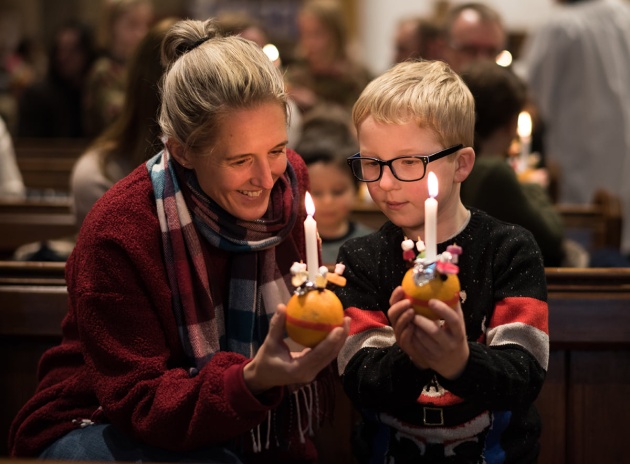
History Articles
Read more about some of the most curious historical gems that have been re-discovered at St Mary's Church

